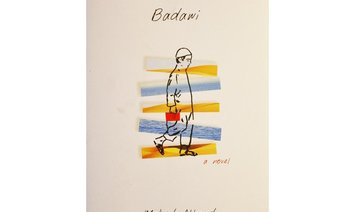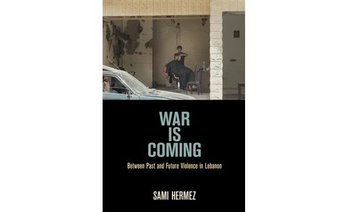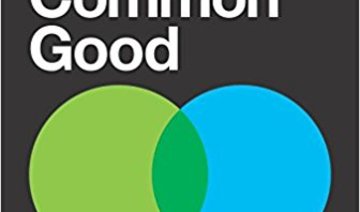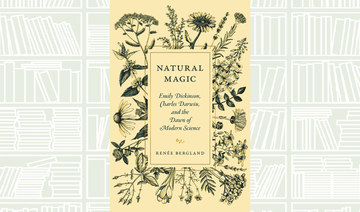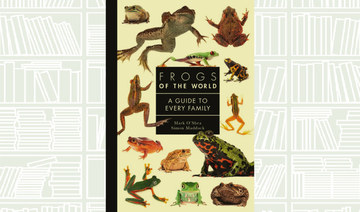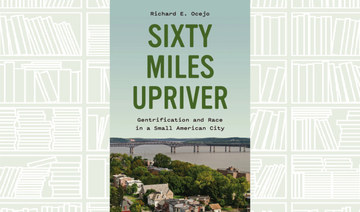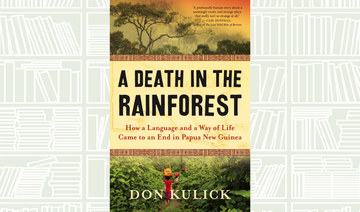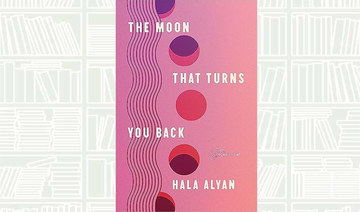In one of her most famous interviews on British television, Princess Diana told Martin Bashir on the BBC’s flagship program Panorama: “There were three of us in this marriage, so it was a bit crowded.” The third person Diana was referring to was Camilla Parker Bowles, whom she also called “the enemy” and “the Rottweiler.” For many years Camilla was hated, vilified, humiliated but did she truly deserve such treatment? Why did Prince Charles leave his young and beautiful wife? Why was he prepared to do anything to keep Camilla by his side?
The 20th anniversary of Diana’s death was celebrated last year but are people’s feelings changing toward Camilla? In other words, are we less prejudiced against her? Are we ready to hear the other side of the truth and acknowledge that Camilla was not solely responsible for the break-up of the royal marriage?
Penny Junor, author of several royal biographies on Diana, Charles, Prince William and Prince Harry, has focused for the first time on Camilla, the Duchess of Cornwall. “In my view, when history comes to judge her, Camilla will not be seen as the woman who nearly brought down the House of Windsor. I think she will be recognized as the woman who shored it up,” she writes.
Prince Charles met and fell in love with Camilla Shand during the summer of 1971. She was 17 but remarkably self-assured for her age. Intelligent and well-read, she did not have a career in view. “I think in those days we weren’t encouraged to go to university. I think the very, very clever girls went on but nobody seemed to give us much inspiration to go on. So we went off and explored the university of life, and Paris and Florence and London,” she once said.
She desired nothing more than to be an upper-class country wife with children and a good social life. At the time she was dating a 25-year-old handsome officer, Andrew Parker Bowles, but that did not prevent Charles from falling in love with her. Louis, Earl Mountbatten of Burma, the man Charles called his honorary grandfather, made it clear that Camilla was not aristocratic enough to marry Prince Charles. Despite Mountbatten’s reservations, Charles felt he had probably found the right person to share his life with. But was he too shy to declare his love to Camilla? Or was he thinking about her lack of aristocratic lineage? He never discussed his feelings with Camilla. Would that have changed the course of history? In March 1973, when the Prince of Wales was in the West Indies, Charles Parker Bowles asked Camilla to marry him.
Camilla wrote to Charles to inform him. Her decision broke his heart. He even wrote to her a week before the wedding, begging her not to marry Andrew, but Camilla went ahead with the marriage.
When their son, Tom, was born, Andrew and Camilla asked Prince Charles to be his godfather. This created a bond between them all and from that time onwards, Camilla became his confidante. Charles would spend hours talking to her on the phone or writing her long letters. She treated him like a normal person and was not afraid to speak the truth. If he was wrong she would tell him so. She was a true and sincere friend.
Charles has never been close to his parents. His mother hardly ever showed her maternal feelings, according to the author, and his father thought his son was too sensitive so he was exceptionally tough on him. Prince Charles grew up in a privileged world where all his material needs were taken care of but most of his emotional ones were left completely unattended to.
Charles is different from the rest of his family. He is fond of music and art, and that was one of the reasons Charles and Diana’s honeymoon was such a disaster. The prince was looking forward to a wonderful holiday in the sun, swimming, reading and painting. Diana was not a reader and was upset that her husband would prefer reading a book to sitting and talking with her. “One day, when he was sitting painting on the veranda deck, he went off to look at something for half an hour. He came back to find she had destroyed the whole lot,” writes Junor.
According to the author, Diana wanted Charles all to herself. She could not accept that he had work to attend to, and she disliked his friends. She simply demanded his full consideration all the time. Although Charles and Diana had experienced different childhoods, they had both suffered an acute lack of attention. Diana never got over the pain of being abandoned by her mother when she was only six and when her father remarried, it only exacerbated her sense of loss and estrangement. Both Charles and Diana had been hurt; they both needed someone to understand them and were unable to help each other. It soon became apparent that their marriage was a terrible mistake.
When, at the end of her Panorama interview, Diana was asked whether her husband would ever be king, she answered: “I would think that the top job, as I call it, would bring enormous limitations to him and I don’t know whether he could adapt to that.”
With those words, she had crossed the red line. The queen wrote to her son and daughter-in-law, asking them to divorce as soon as possible.
By July 1996, a settlement was made but Camilla felt as if she was publicly labelled “mistress” when St. James Palace, following the advice of Richard Aylard, Charles’ private secretary, issued a statement that the Prince of Wales had no intention of remarrying. At that stage Mark Bolland, a former public affairs executive, was hired. His task was to revive the prince’s reputation and make Camilla acceptable to the British public. He soon became indispensable and the person the Prince trusted the most.
And the unthinkable happened. On Sunday, Aug. 31, 1997, Princess Diana died in a tragic accident in Paris. Charles knew then that it would take a long time before his relationship with Camilla could be acknowledged and they could appear together.
Although the queen blamed Camilla for all her son’s problems since his disastrous marriage, she realized her son needed support and Camilla had given it to him. She had always been there for him. She helped him remain strong and self-confident and she gave him the love and tenderness that he had been deprived of, according to the author.
After Prince Charles’ divorce, Camilla gradually reappeared on the social scene. Although she was hated and the press always criticized the way she dressed, once you had met and spent some time with Camilla, you were never disappointed.
The next challenge was how a marriage between Charles and Camilla would be accepted by the public. The press had always described Camilla as the evil person who broke up Diana’s marriage.
The marriage took place on April 8, 2005. The public finds Camilla “genuine, down-to-earth, straightforward and approachable,” according to the book.
“Camilla will no doubt carry on doing her best. She will be the strength behind the crown and do her husband proud, and I suspect history will be a kinder judge of their story than their contemporaries have been,” Junor concludes.
Book Review: First considered ‘evil,’ this woman strengthened the British royal family
Book Review: First considered ‘evil,’ this woman strengthened the British royal family
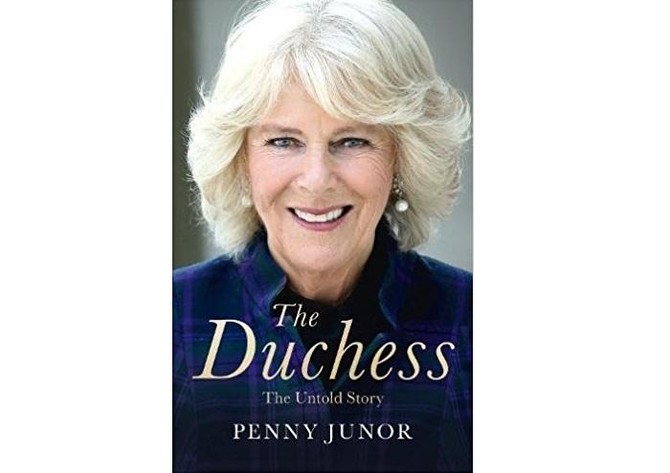
What We Are Reading Today: Spiderweb Capitalism: How Global Elites Exploit Frontier Markets
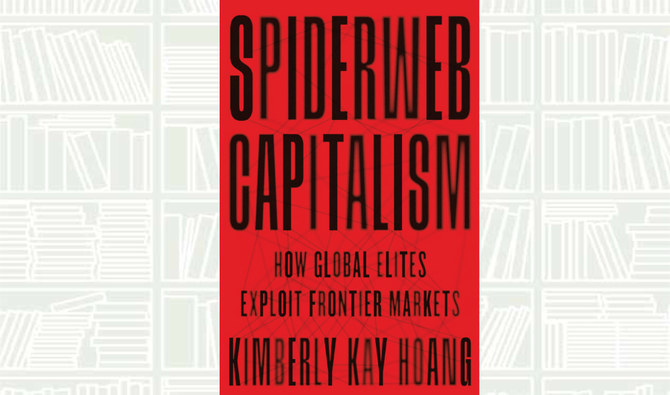
- Hoang reveals the strategies behind spiderweb capitalism and examines the moral dilemmas of making money in legal, financial, and political gray zones
Author: Kimberly Kay Hoang
In 2015, the anonymous leak of the Panama Papers brought to light millions of financial and legal documents exposing how the superrich hide their money using complex webs of offshore vehicles. Spiderweb Capitalism takes you inside this shadow economy, uncovering the mechanics behind the invisible, mundane networks of lawyers, accountants, company secretaries, and fixers who facilitate the illicit movement of wealth across borders and around the globe.
Kimberly Kay Hoang traveled more than 350,000 miles and conducted hundreds of in-depth interviews with private wealth managers, fund managers, entrepreneurs, C-suite executives, bankers, auditors, and other financial professionals. She traces the flow of capital from offshore funds in places like the Cayman Islands, Samoa, and Panama to special-purpose vehicles and holding companies in Singapore and Hong Kong, and how it finds its way into risky markets onshore in Vietnam and Myanmar.
Hoang reveals the strategies behind spiderweb capitalism and examines the moral dilemmas of making money in legal, financial, and political gray zones.
Dazzlingly written, Spiderweb Capitalism sheds critical light on how global elites capitalize on risky frontier markets, and deepens our understanding of the paradoxical ways in which global economic growth is sustained through states where the line separating the legal from the corrupt is not always clear.
What We’re Reading Today: Work Life Well-lived
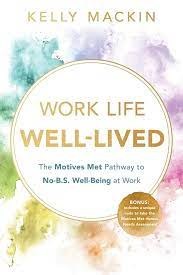
Author: Kelly Mackin
This book will disrupt how you think about creating your best work life and workplace and give you a road map to get you there, says a review published on goodreads.com.
Through years of research and truth-finding, Kelly Mackin and her company, Motives Met, have discovered a completely new mindset and approach around what well-being at work is all about, how to get there, and why it’s so important that we do get there.
This book is a personal guide and a call to action for a shift in our approach to work.
What We Are Reading Today: Natural Magic
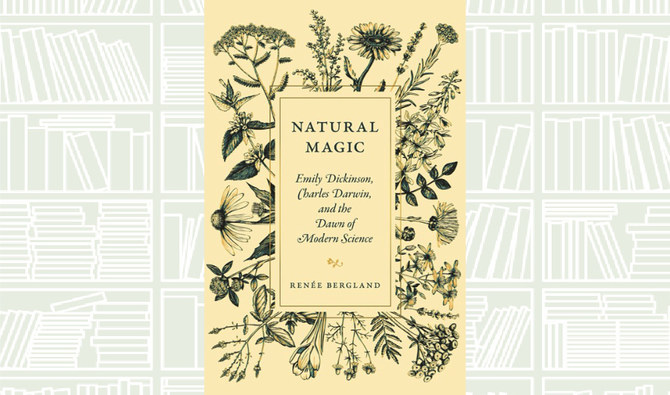
Author: Renee Bergland
Emily Dickinson and Charles Darwin were born at a time when the science of studying the natural world was known as natural philosophy, a pastime for poets, priests, and schoolgirls.
The world began to change in the 1830s, while Darwin was exploring the Pacific aboard the Beagle and Dickinson was a student in Amherst, Massachusetts.
“Natural Magic” intertwines the stories of these two luminary 19th-century minds whose thought and writings captured the awesome possibilities of the new sciences and at the same time strove to preserve the magic of nature.
What We Are Reading Today: Frogs of the World: A Guide to Every Family
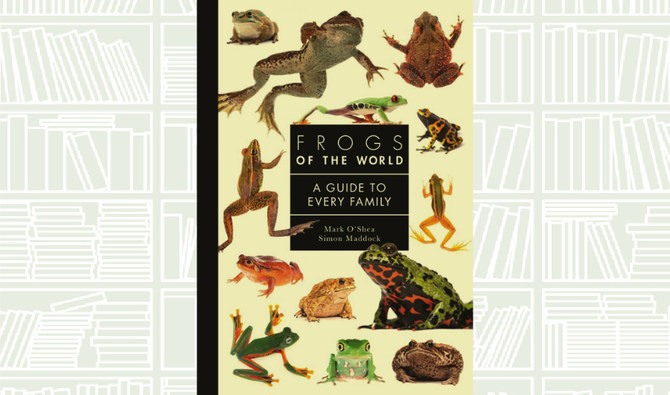
Authors: Mark O’Shea & Simon Maddock
With more than 7,600 known species, frogs exhibit an extraordinary range of forms and behaviors, from those that produce toxins so deadly that they could kill a human many times over to those that can survive being frozen in ice.
“Frogs of the World” is an essential guide to this astonishingly diverse group of animals. An in-depth introduction covers everything from the origins and evolution of frogs to their life cycles and defense strategies.
What We Are Reading Today: Sixty Miles Upriver

Author: Richard E. Ocejo
Newburgh is a small postindustrial city of some 28,000 people located 60 miles north of New York City in the Hudson River Valley.
Like many similarly sized cities across America, it has been beset with poverty and crime after decades of decline, with few opportunities for its predominantly minority residents.
“Sixty Miles Upriver” tells the story of how Newburgh started gentrifying, describing what happens when White creative professionals seek out racially diverse and working-class communities and revealing how gentrification is increasingly happening outside large city centers in places where it unfolds in new ways.


